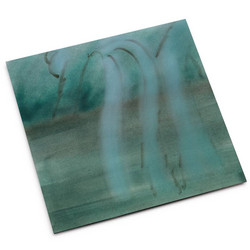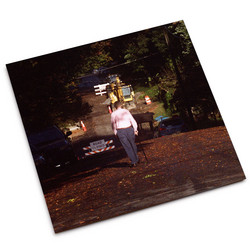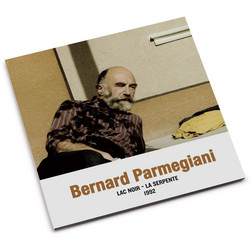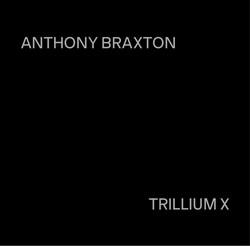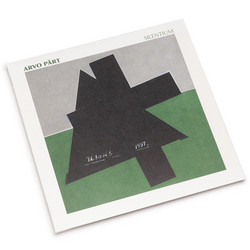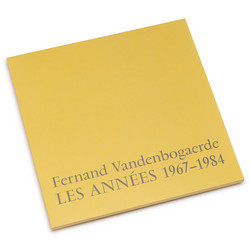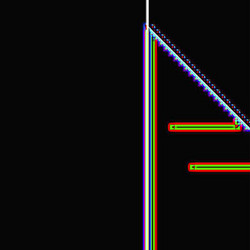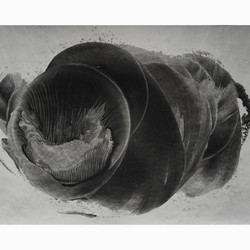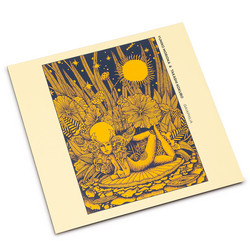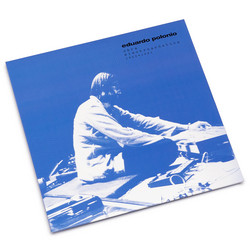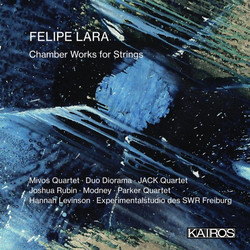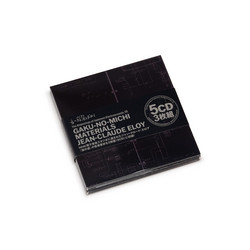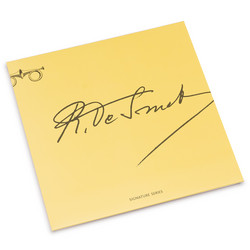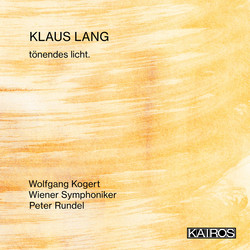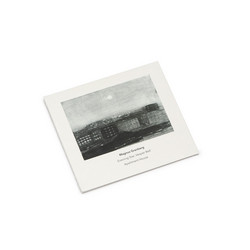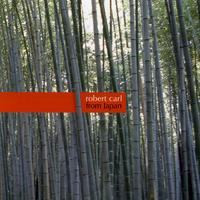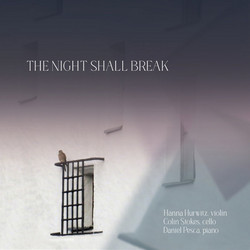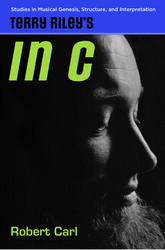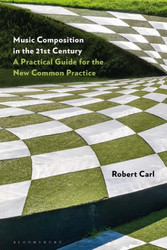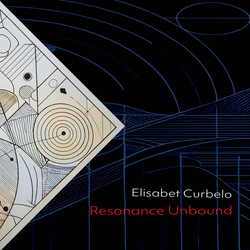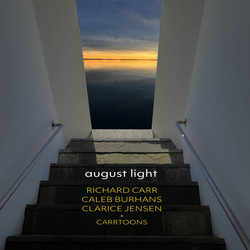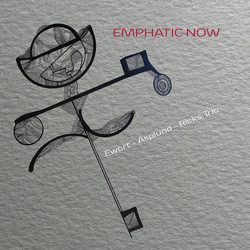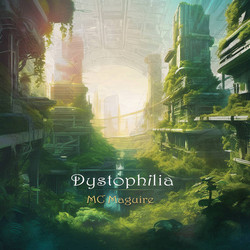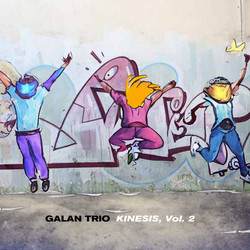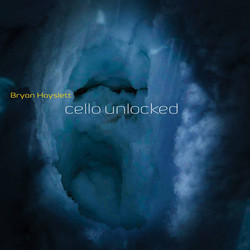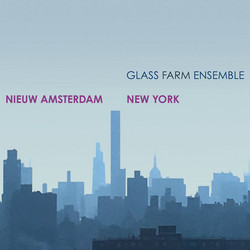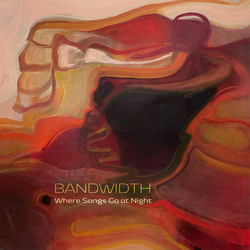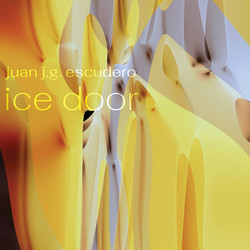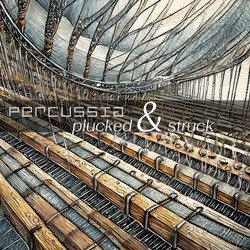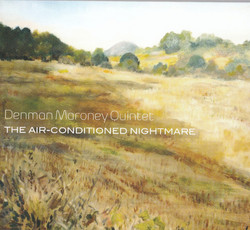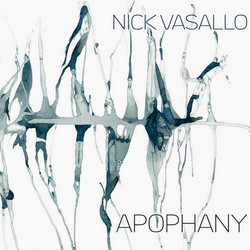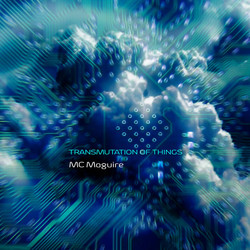Robert Carl is no stranger to space. Standing on the shoulders of such visionaries as Charles Ives, Carl’s early compositions ranged far and wide through musical history, the “ultramoderns,” and beyond. Recently, however, his works have forged a new direction: a personal take on the ever-expanding spiral structures of the overtone series. Infinity Avenue offers six of these monumental sound experiences, taut in their simplicity yet expansive in consciousness. A state of being “close to nature” in its mysterious algorithmic workings.
Using harmonic scaffolding built on Just Intonation with the aid of Max programming, these acoustic works reveal a concept as futuristic as it is ancient: the harmony of the spheres. Some of the pieces use decidedly low-tech, deceptively simple techniques on their instruments. In Updraft each of the ten trombones plays natural harmonics off a single position. That position can change from section to section, but within those sections there’s no sliding. The sound is of distant, noble fanfares, echoing across mountainsides. In Night Garden, each of the five double basses (including the inestimable Robert Black in what was to be his final recording) plays natural harmonics, only a single string, different from the others. Like the image of its title — a garden designed to glow in moonlight — the sound is delicate and ethereal. And for Splectar, only the open guitar strings are played, but between an unusual tuning, natural harmonics, and Max processing, the whole work becomes a trip through a thunderous cavern of sound that has been called “Zappa meets Tenney.”
The Inevitable Wave(B) adds noise to the mix. Here a recording, ten seconds long, of a single wave lapping up on a Mediterranean beach, is expanded to almost ten minutes. A percussion ensemble sets the stage for the wave’s arrival, which begins at the very threshold of audibility. It slowly grows, relentlessly, inexorably, to a shattering climax. It’s a tsunami of sound.
And finally there are the two “Infinity Avenues” – the culmination of a series that Carl has been working on for a decade. Both use a unique Max patch that organizes his complete harmonic matrix into precise tunings. The first is a structured improvisation for open instrumentation with laptop. As the players listen to one another and respond to the electronics, they create sonic fields that are like slow-moving weather patterns, sometimes serene, sometimes stormy. The second is in fixed notation (except for an orchestral improvisation in the last two minutes). This is Carl’s Seventh Symphony, and it moves through sections that are structured by classical forms like canon, variations, and passacaglia, yet also with a “still point” in the middle, which stops and lingers over the sound of three female voices.
Using harmonic scaffolding built on Just Intonation with the aid of Max programming, these acoustic works reveal a concept as futuristic as it is ancient: the harmony of the spheres. Some of the pieces use decidedly low-tech, deceptively simple techniques on their instruments. In Updraft each of the ten trombones plays natural harmonics off a single position. That position can change from section to section, but within those sections there’s no sliding. The sound is of distant, noble fanfares, echoing across mountainsides. In Night Garden, each of the five double basses (including the inestimable Robert Black in what was to be his final recording) plays natural harmonics, only a single string, different from the others. Like the image of its title — a garden designed to glow in moonlight — the sound is delicate and ethereal. And for Splectar, only the open guitar strings are played, but between an unusual tuning, natural harmonics, and Max processing, the whole work becomes a trip through a thunderous cavern of sound that has been called “Zappa meets Tenney.”
The Inevitable Wave(B) adds noise to the mix. Here a recording, ten seconds long, of a single wave lapping up on a Mediterranean beach, is expanded to almost ten minutes. A percussion ensemble sets the stage for the wave’s arrival, which begins at the very threshold of audibility. It slowly grows, relentlessly, inexorably, to a shattering climax. It’s a tsunami of sound.
And finally there are the two “Infinity Avenues” – the culmination of a series that Carl has been working on for a decade. Both use a unique Max patch that organizes his complete harmonic matrix into precise tunings. The first is a structured improvisation for open instrumentation with laptop. As the players listen to one another and respond to the electronics, they create sonic fields that are like slow-moving weather patterns, sometimes serene, sometimes stormy. The second is in fixed notation (except for an orchestral improvisation in the last two minutes). This is Carl’s Seventh Symphony, and it moves through sections that are structured by classical forms like canon, variations, and passacaglia, yet also with a “still point” in the middle, which stops and lingers over the sound of three female voices.
Details
Cat. number: Neuma185
Year: 2024
